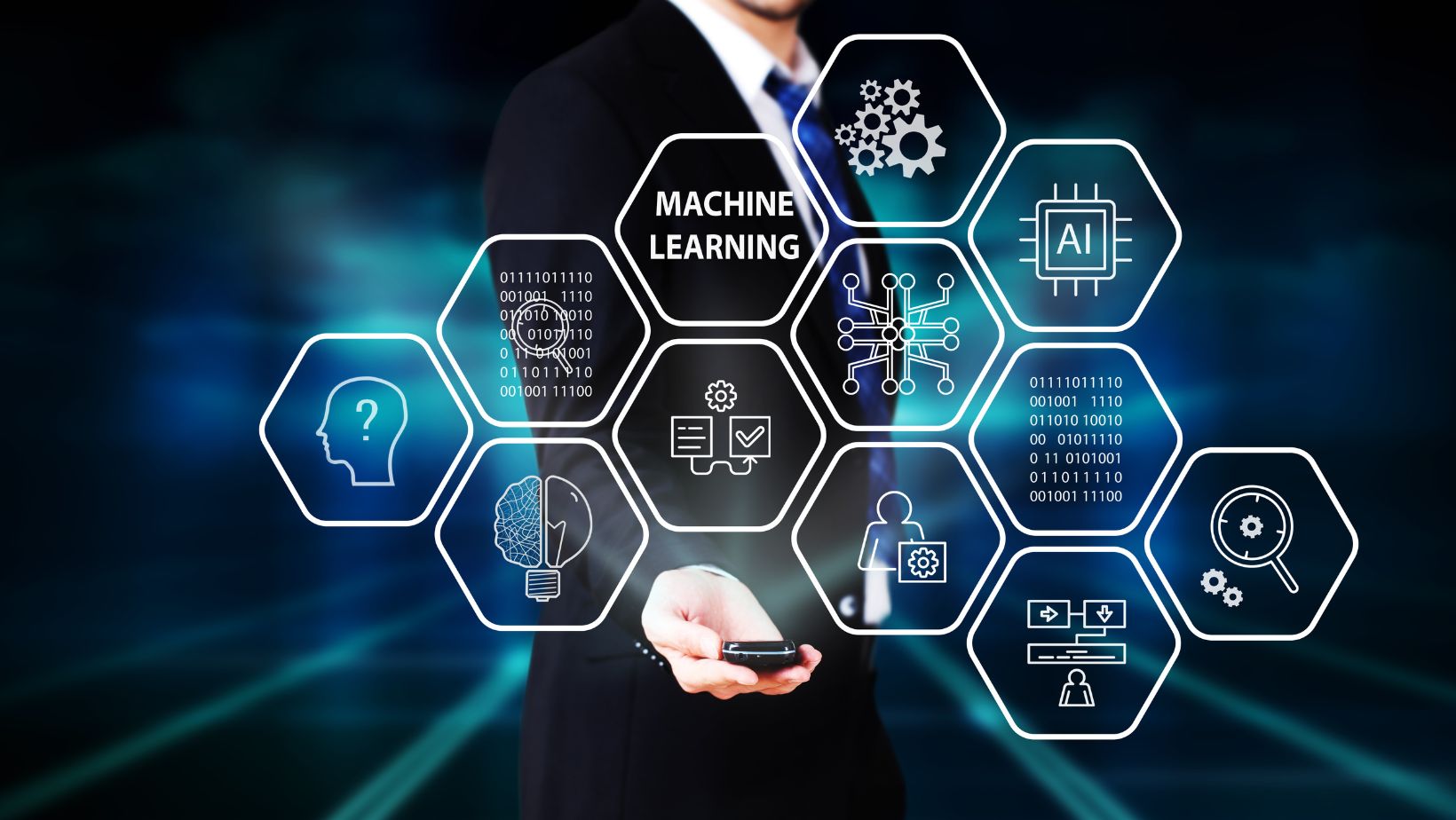Machine learning depends on quality data, but collecting it is only getting harder. Privacy rules, shifting user expectations, and rising costs are forcing a rethink across the board.
Data companies are under pressure to adapt. If you’re figuring out how to collect data today, whether through survey data collection, specialized services, or in-house field efforts, you need to focus on relevance, diversity, and long-term usability.
Why Data Collection Needs to Change
Most teams still use outdated methods to collect data: manual labeling, reused datasets, and slow tools. That causes problems.
- Narrow data: Many datasets miss real-world variety.
- Repetition: The same public datasets show up again and again.
- Slow process: Manual steps take too long.
- Privacy risks: New rules make old methods risky.
These issues lead to weak models. If the data is too small, biased, or messy, your model won’t work well in real life.
Poor Data = Poor Results
Here’s what can go wrong:
- Face recognition tools that misread certain groups
- Recommendation systems that push the same type of content
- Language models that repeat harmful or biased text
Knowing how to collect data the right way matters more than just having a lot of it. Where can teams struggle?
- High cost: Labeling large datasets gets expensive.
- Not enough experts: Many teams lack skilled data workers.
- Too many tools: Data is spread across different systems.
Some turn to expert data collection services to help save time. However, their quality levels can differ. Ask how the data is gathered and if it fits your needs.
If you rely on a survey approach or data collection field services, it’s worth reviewing your setup. The next sections cover better options.
New Approaches Gaining Traction
Collecting better training data doesn’t mean doing more of the same. New methods are making it easier to get useful, diverse data without the old problems.
Synthetic Data: When Real Isn’t Practical
Synthetic data is created by algorithms, not collected from people. This is valuable when accessing real data is challenging or potentially risky.
How it helps:
- Avoids privacy issues
- Speeds up dataset creation
- Can simulate rare events
Example: A self-driving car model can train on synthetic crash scenarios without needing thousands of real accidents.
Limitations:
- May miss real-world noise or edge cases
- Needs expert tuning to match real patterns
Use it when real data is limited, sensitive, or expensive to label—but test it against real-world inputs before using it in production.
Federated Learning: Training Without Centralizing

Federated learning lets models train across many devices or locations without moving the data. Instead of collecting everything in one place, the model learns from data where it lives.
Benefits:
- Keeps user data private
- Reduces central storage needs
- Useful for mobile and IoT devices
It’s already used in tools like Google’s keyboard suggestions, where training happens on your phone, not in the cloud.
This approach is growing fast, especially where privacy laws limit data sharing.
Data-Centric AI: Focus on the Dataset, Not Just the Model
Data-centric AI shifts attention from tuning models to improving the training data itself.
Why it matters:
- Cleaner, more consistent data leads to better results
- Fixing data issues early saves time later
- Small tweaks in labeling can outperform large model changes
Example: A retail team improved product tagging accuracy by re-labeling just 10% of its training set, no model changes needed.
For teams managing their own pipelines, this mindset change often delivers faster wins than chasing model upgrades.
Solving the Labeling Bottleneck
Training data isn’t useful without labels, but manual labeling doesn’t scale. As datasets grow, this step becomes the slowest and most expensive part of the pipeline.
Why Manual Labeling Doesn’t Work Long-Term
This approach can be:
- Time-consuming: Even a small dataset can take weeks to label.
- Expensive: Skilled annotators cost money.
- Inconsistent: Human errors lead to noisy, unreliable data.
- Bias-prone: Different annotators may apply different standards.
If your team depends on manual survey data collection or internal review cycles, you’ve likely hit one or more of these problems.
Smarter Labeling with Semi-Supervised and Active Learning
These two methods reduce how much labeled data you need:
- Semi-supervised learning: Combines a small labeled set with a large unlabeled one. The model learns patterns on its own, using a little guidance.
- Active learning: The model picks which examples it’s unsure about. Only those get labeled, saving time and effort.
When to use them:
- You have lots of raw data but limited labels
- You want faster iteration with fewer resources
- Your data includes edge cases or rare categories
Tools like Snorkel, Label Studio, and Prodigy support these workflows. Many data collection field services are also beginning to offer support for active learning, but results vary. Test them before scaling.
If you’re stuck in a slow loop of labeling, training, and re-labeling, these approaches can help you move faster without losing accuracy.
Managing Bias at the Source
Bias isn’t just a model issue, it often starts with how data is collected. If your training set is skewed, your model will be too.
Where Bias Begins
Biased data can come from:
- Sampling errors: Over-representing one group or region
- Missing context: Data collected without understanding the subject
- Labeling inconsistencies: Different people applying different standards
- Historic patterns: Using past data that reflects outdated or unfair systems
For example, a hiring model trained on past company data may carry forward the same hiring biases—just faster.
What You Can Do Now
You don’t need to fix everything at once. Start with these steps:
- Review your data sources: Who is represented? Who isn’t?
- Audit labels regularly: Spot inconsistencies early.
- Use balanced sampling: Collect across locations, demographics, and formats.
- Bring in outside reviewers: A fresh set of eyes helps surface blind spots.
Some data companies offer bias audits, but it’s better to build these checks into your own process.
Bias problems are harder to fix later. Start early, and your models will perform better in the real world.
Regulation Is Coming: What That Means for You
Worldwide, data privacy regulations are becoming stricter. If you collect or use personal data, you’re no longer just dealing with technical issues—you’re also facing legal ones.

What’s changing:
- Data provenance: It’s important to know the exact source of your data.
- User consent: People must agree to how their data is used—often before collection.
- Right to be forgotten: Users can ask for their data to be deleted, even from training datasets.
- Audit trails: Regulators want proof of how data was collected and processed.
If your current process can’t answer these questions, it could expose you to risk.
What you should do:
- Track everything: Document the source, date, and type of each dataset.
- Use opt-in data: Avoid scraping or using gray-area sources.
- Work with trusted partners: Especially for large-scale or global data collection.
- Build for deletion: Make it possible to remove individual records if needed.
Even if you’re using third-party data collection services or tools, the responsibility falls on you. Non-compliance can lead to model failures, reputational harm, or fines.
Privacy is part of building reliable, future-ready systems.
Final Thoughts
In the future, data collection for machine learning will prioritize quality, not just volume. As methods evolve, it’s essential to adapt and prioritize the right data, ensure privacy, and manage bias from the start.
By staying ahead of trends like synthetic data, federated learning, and smarter labeling, you can build more reliable, ethical models. Start thinking differently about how you collect, label, and manage your data—it’s the key.